In the field of injection molding, converting plastic into products with specific functions is a core task. For medical injection molds, their molding process is mainly influenced by three factors: temperature, pressure, and molding cycle time. Next, this article will delve into these three dimensions:

Temperature Control Artistry
Barrel Temperature: The selection of barrel temperature varies based on different conditions, directly related to the plasticization and fluidity of raw materials. The fluidity temperature and decomposition temperature of plastics differ due to variations in average molecular weight and molecular weight distribution. Therefore, the plasticization process and selected barrel temperature will also vary in different types of injection molding equipment.
Nozzle Temperature: Nozzle temperature is usually set slightly lower than the upper limit of barrel temperature to prevent drooling. Too low a nozzle temperature may cause early solidification of the melt, leading to nozzle blockage or affecting product performance.
Mold Temperature: Mold temperature is crucial for the internal performance and appearance quality of products, and it is one of the most important factors that cannot be ignored.
Delicate Balance of Pressure
Plasticizing Pressure: Plasticizing pressure plays a pivotal role in injection molding. Its magnitude can be adjusted through the overflow valve in the hydraulic system. During the injection process of medical injection molds, plasticizing pressure is independent of screw rotation speed. Increasing plasticizing pressure will raise the melt temperature but reduce the plasticizing rate.
Injection Pressure: Injection pressure is a key parameter in the molding of injection molded parts, based on the pressure applied by the plunger or screw to the plastic. The role of injection pressure is to overcome the flow resistance of plastic from the barrel to the cavity, control the filling speed, and compact the melt.
Optimization of Molding Cycle Time
Molding cycle time refers to the time required to complete one injection molding process for medical injection molds. It directly affects production efficiency and equipment utilization. During production, while ensuring product quality, efforts should be made to shorten the time of various links in the molding cycle to improve production efficiency.
In summary, the molding process of medical injection molds is influenced by temperature, pressure, and molding cycle time. Precise control of these factors is key to achieving efficient and high-quality production.
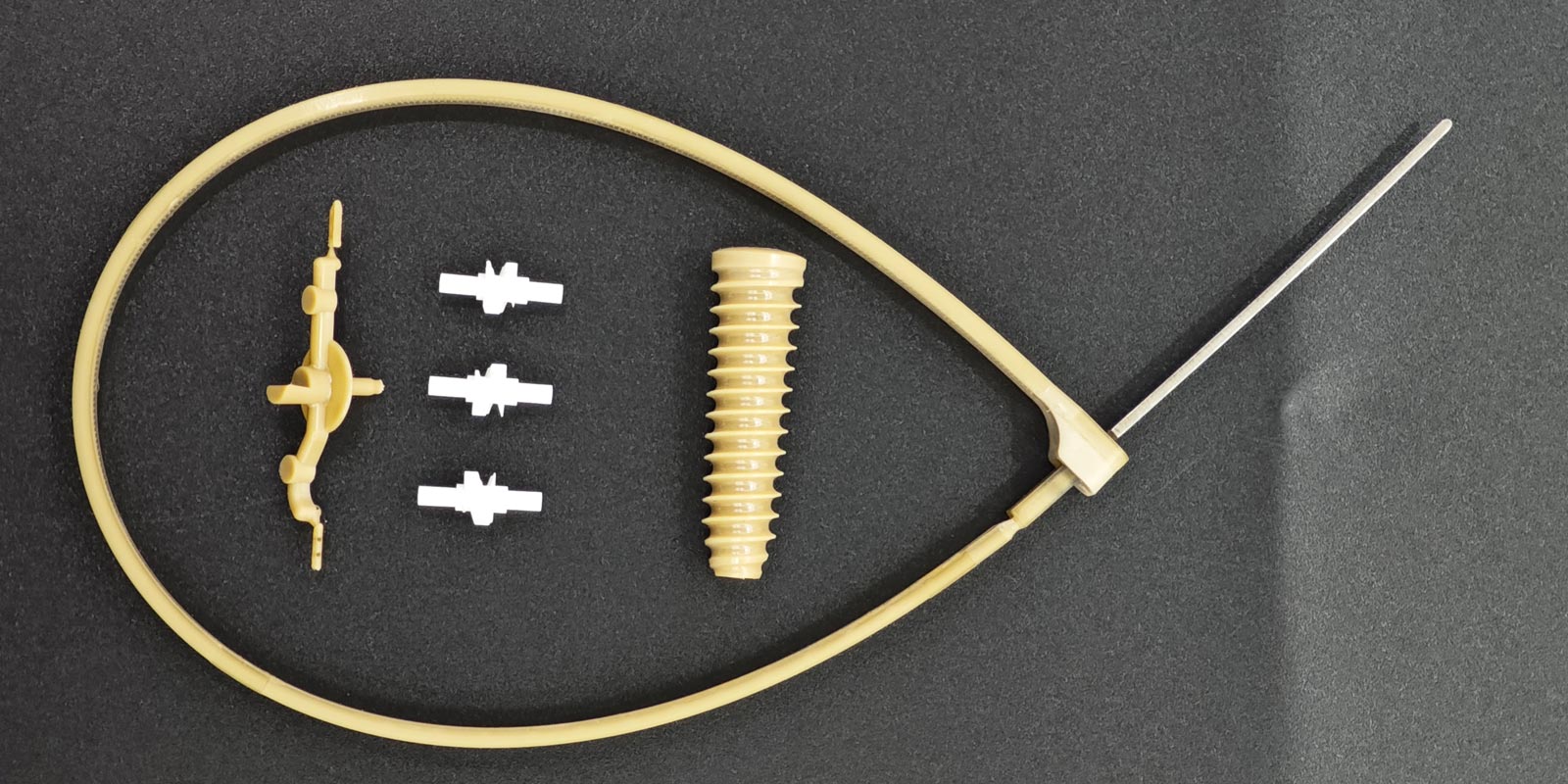
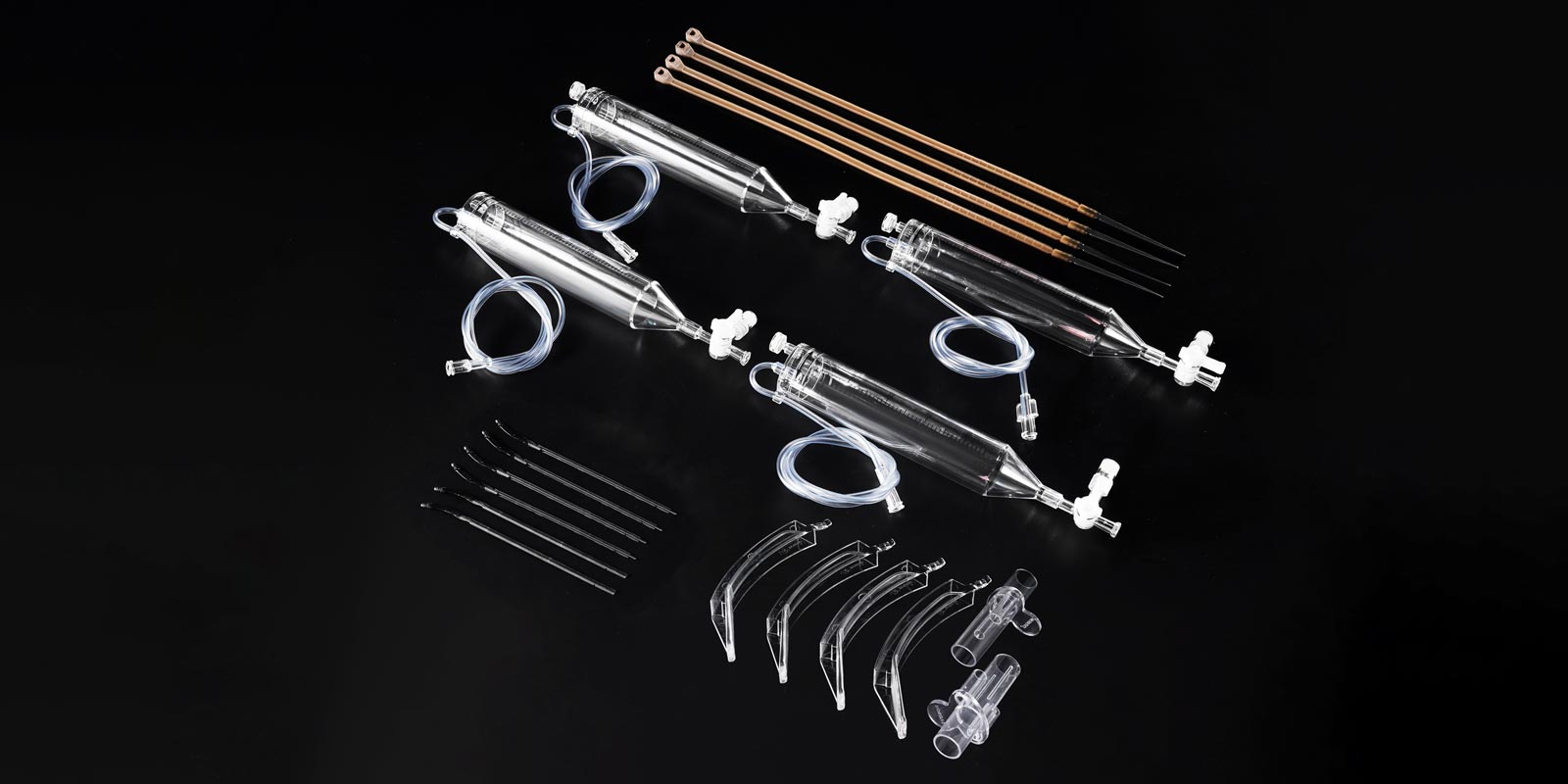
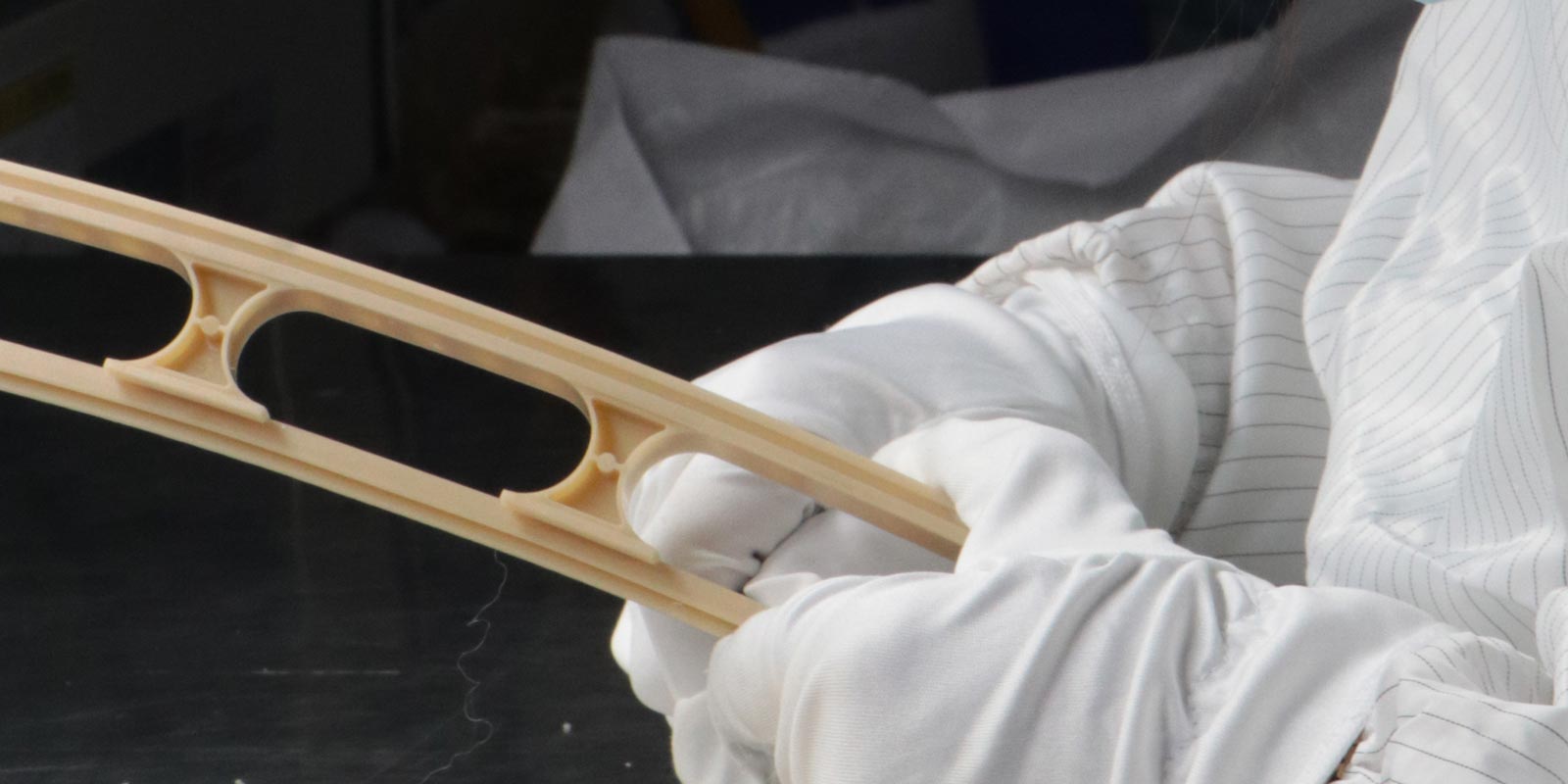
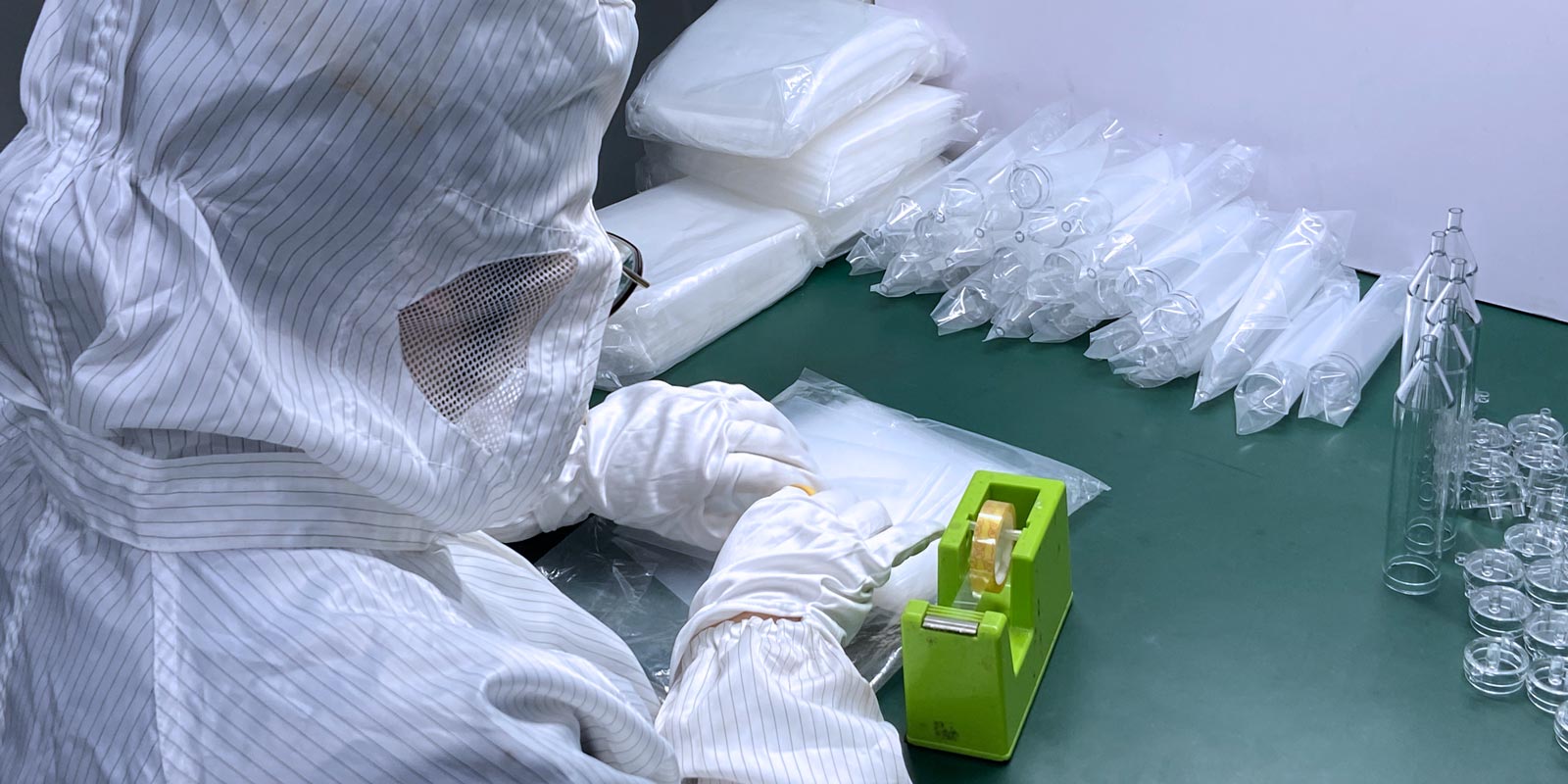
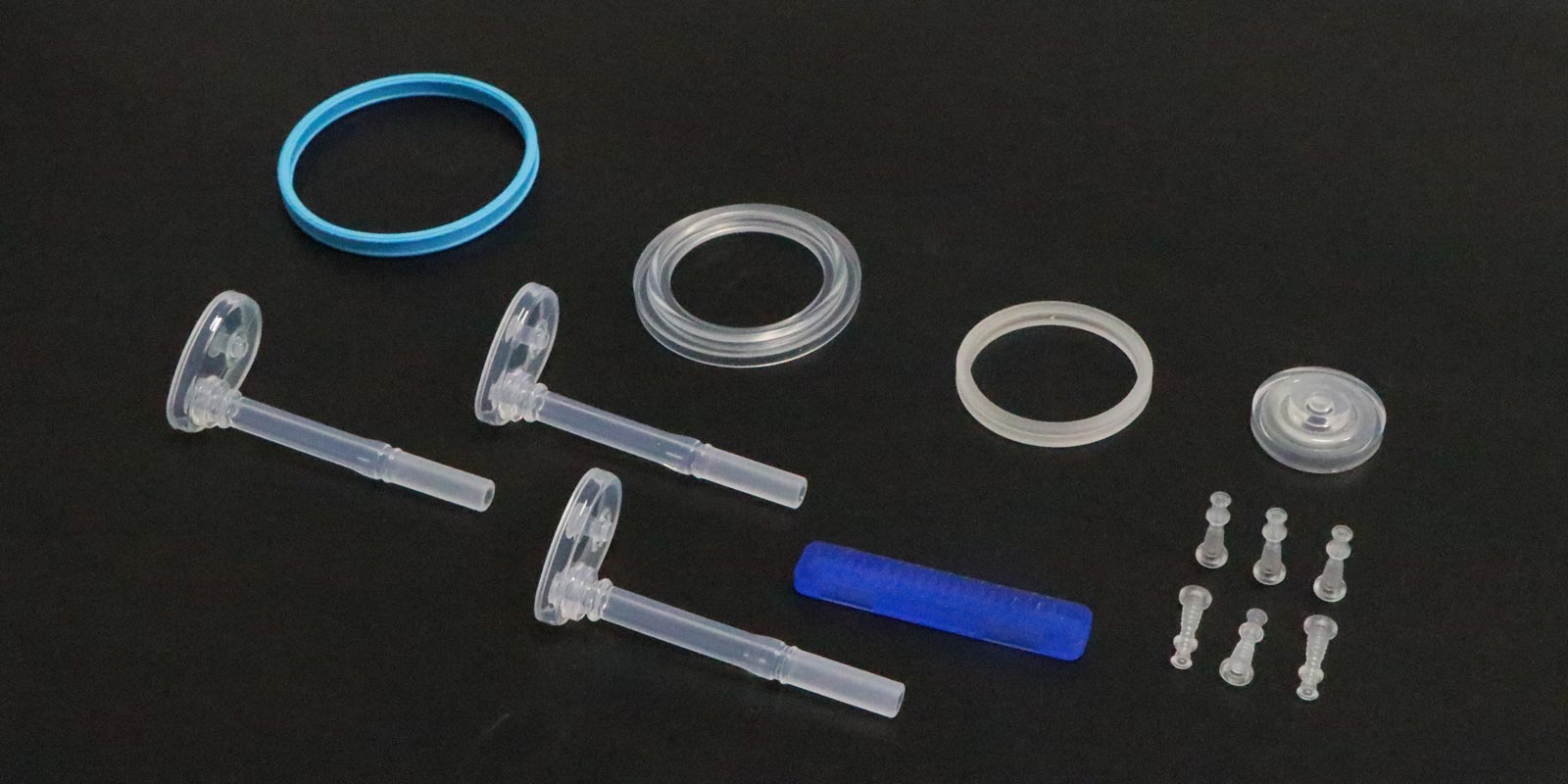











 Home
Home
